Exploring the World of Quantum Networking
19 Sept, 20235 minutesIn the ever-evolving landscape of technology, quantum networking stands as one of the most f...

In the ever-evolving landscape of technology, quantum networking stands as one of the most fascinating and promising frontiers.
The world of IT networking is changing as quickly as technology, and the introduction of quantum computing is poised to push the industry to new heights. A cutting-edge technology called quantum computing has the potential to dramatically alter how we view and handle IT networking. While classical networking has laid the foundation for the digital age, quantum networking promises to revolutionize the way we communicate, offering unprecedented security and capabilities. In this blog, we will delve into the exciting realm of quantum networking, unraveling the mysteries of quantum mechanics and understanding how this groundbreaking technology is poised to shape our future.
Industry leaders like Cisco and Juniper Networks have taken note of the potential advantages of quantum computing for IT networking. Leading provider of networking technology, Cisco, has been spending money on quantum computing research and development. They are investigating how quantum computing might be used to address challenging network issues including route optimization and data analytics.
Cisco has also made investments in quantum cryptography in order to offer their clients secure communication connections.
Another top provider of networking technology, Juniper Networks, has acknowledged the potential of quantum computing in IT networking. They are investigating how quantum computing can be used to enhance network security and create cutting-edge machine learning algorithms for network optimization. Recently, IBM and Juniper Networks teamed up to use IBM's quantum computing know-how to improve network security and resilience.
The Quantum Advantage
Before we dive into quantum networking, let's first grasp the fundamental concept behind it: quantum mechanics. Unlike classical physics, where systems can exist in only one state at a time, quantum mechanics allows particles to exist in multiple states simultaneously. This property is called superposition. Furthermore, particles can become entangled, meaning the state of one particle instantly affects the state of another, even if they are light-years apart. This phenomenon is known as entanglement.
Quantum networking takes advantage of these properties to offer unique capabilities:
Quantum Key Distribution (QKD): One of the most renowned applications of quantum networking is QKD. In a classical network, encryption keys can be intercepted, compromising data security. However, in quantum networking, QKD uses the principles of quantum mechanics to create unbreakable encryption keys. Any attempt to intercept the quantum key will disturb the particles, immediately alerting both parties.
Quantum Teleportation: Yes, you read that right – quantum teleportation is not just a sci-fi concept. It's a real phenomenon in quantum networking. It allows quantum states to be transmitted from one location to another without physical transfer of particles, making it a potential game-changer in secure data transfer.
Quantum Communication: Quantum networking enables ultra-secure communication through the transmission of quantum bits or qubits. These qubits can represent both 0 and 1 at the same time (superposition) and maintain their integrity through entanglement, making it incredibly challenging for eavesdroppers to intercept information.
The integration of quantum computing in IT networking is still in its early stages, and research is ongoing to determine the best use cases for this technology. However, the potential benefits of quantum computing are clear, and the future of IT networking is set to be revolutionized by this technology. One of the most significant benefits of quantum computing is its ability to process vast amounts of data in a fraction of the time it takes traditional computing methods. This makes it ideal for handling the huge amounts of data that are generated by modern IT networks. With quantum computing, networks can be optimized to operate at unprecedented speeds, resulting in faster, more efficient communication and data transfer.
Moreover, the integration of quantum computing in IT networking will also provide unparalleled security. Traditional encryption methods can be broken by sophisticated hackers, but quantum computing makes use of quantum entanglement to ensure that data is transmitted in a secure and unbreakable way. This means that IT networks can be protected against cyber-attacks, which are becoming increasingly sophisticated and prevalent in today's digital landscape.
The integration of quantum computing in IT networking is set to transform the field by providing unprecedented speed, security, and adaptability. With industry leaders such as Cisco and Juniper Networks investing in the development of quantum computing technology, we can expect to see significant advancements in the near future. The potential for innovation is limitless, and the benefits to businesses and consumers alike are enormous.
Building Blocks of Quantum Networking
Now that we've glimpsed the potential of quantum networking, let's explore its key components:
Quantum Bits (Qubits): Qubits are the quantum equivalent of classical bits. They can exist in multiple states simultaneously, providing the quantum advantage. Various physical systems can be used to represent qubits, including trapped ions, superconducting circuits, and photons.
Quantum Entanglement: Entanglement is at the heart of quantum networking. It allows for the instantaneous correlation of quantum states between particles, irrespective of distance. This property is harnessed for secure communication and teleportation.
Quantum Repeaters: Quantum signals tend to degrade as they travel through optical fibers. Quantum repeaters are essential for extending the reach of quantum networks by "renewing" the entanglement between distant nodes.
Challenges and Future Prospects
While quantum networking holds immense potential, it also faces several challenges:
Technical Hurdles: Building practical quantum networks requires overcoming technical challenges related to qubit stability, transmission loss, and error correction.
Cost: Quantum networking equipment is currently expensive and complex to operate. Widespread adoption will require cost reduction and simplification.
Security Concerns: While quantum networking offers unrivaled security, it also has the potential to crack classical encryption methods. As a result, there is a race to develop post-quantum cryptography.
Despite these challenges, the future of quantum networking is undeniably bright. Researchers and tech companies worldwide are investing heavily in its development. In the coming years, we can expect to see more secure communications, advanced cryptography, and even the realization of a quantum internet.
Conclusion
Quantum networking is not just a buzzword but a profound shift in the way we connect and communicate. With its foundation in the bizarre yet intriguing principles of quantum mechanics, this technology has the potential to redefine data security, revolutionize encryption, and pave the way for a quantum-powered future. While the road ahead is filled with challenges, the promise of quantum networking is a testament to human ingenuity and our relentless pursuit of innovation. As we unlock the mysteries of the quantum world, the possibilities are limitless, and the future is indeed exciting.







